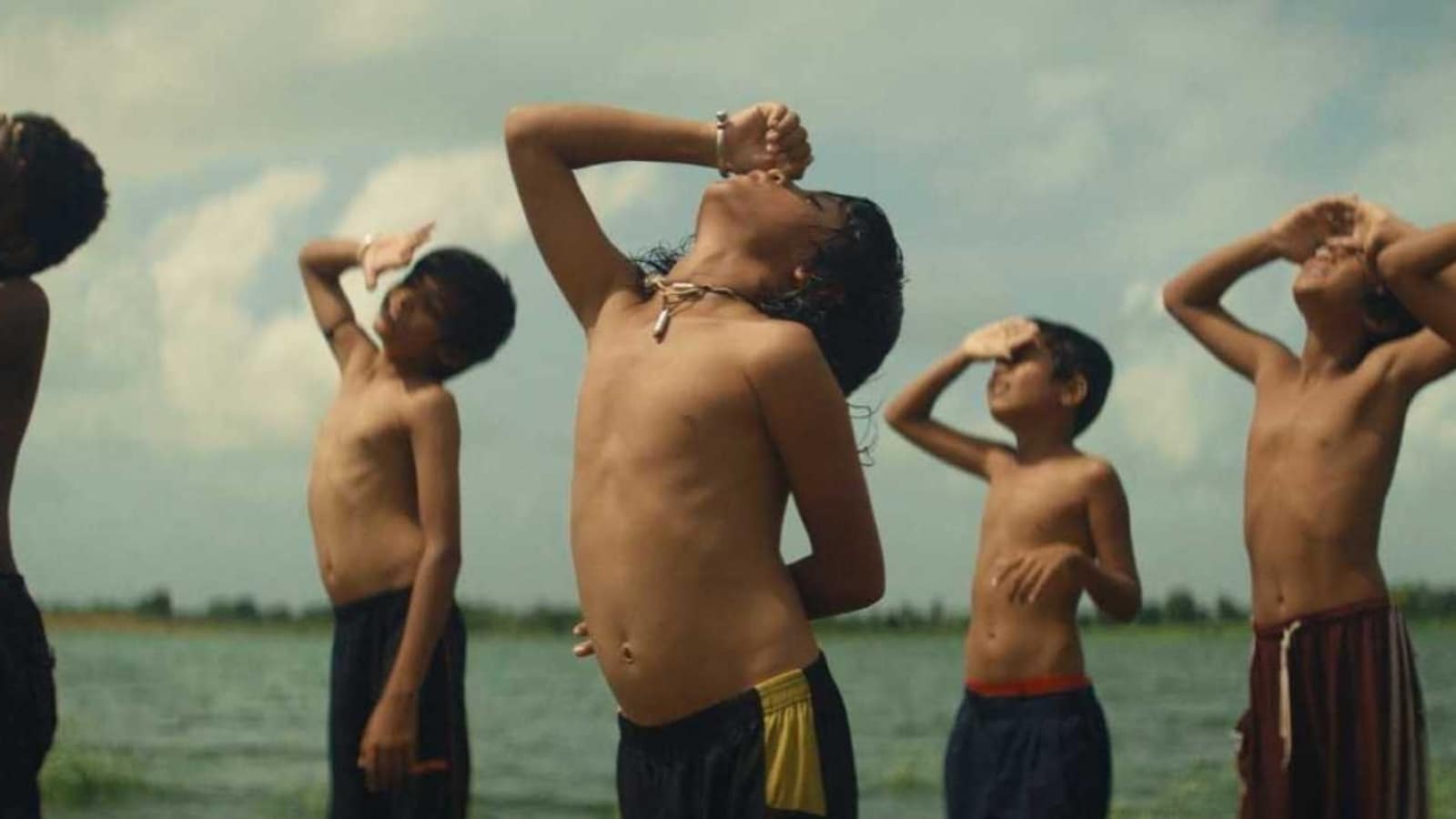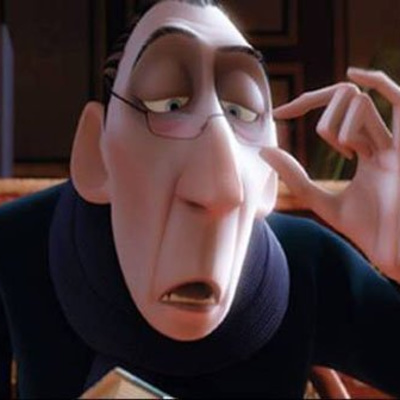By Sashi
The film opens with Samay lying on the fields near the railway tracks. A train rushes through the tracks, an airplane invades the sky. Two mediums of transport that can probably export him to some place far away. Far away where he can study about ‘light’ and escape the supposed ‘darkness’ of his hometown Chalala. While assisting his tea seller father at the Chalala Railway station, Samay serves tea to flocks of people every day who would pass by his town. Only if he could make it to a big city with them.
His name is reminiscent of the ‘changing times’ he is in. It’s 2010s, when celluloid is being replaced by digital, when a rapidly industrializing Gujarat is changing under a long standing CM, a Muslim projectionist is being replaced by a modern one with a Hindu deity hung beside.
The son of a Brahmin, Samay transcendentally bonds with a Muslim projectionist Fazal over a shared love for food and cinema. They are juxtaposed against a roaring Amitabh from the climax of Khuda Gawah – “Badshah, chala goliyaan. Bichha de mere raaste mein aag ka dariyaa. Khadi kar de zameen se aasmaan tak sholo ki deewar. Chhalli kar de mera seena. Mohabbat.. phir bhi manzil payegi”. This is all sorts of ‘mohabbat’ one can wish for in a post 2002 Gujarat.
Samay’s real life is unlike the scenes of the movies he pores himself in throughout the day. While he revels in an Akshay Kumar scene of beating up a dozen ‘gundas’, his real life is mostly about getting canned by his ‘zindagi se haara hua’ father. After returning back from the escapism of movies, his real life takes place, just like the shutter-made darkness between stills on film reels.
Chhello Show devotes a lot of time to Samay’s obsession with motion pictures. He looks at the world through colored pieces of glass. It is reminiscent of an artist’s want to see the world with a different lens. A visual artist’s deep desire to color correct the everyday world. To play with the already existing visual language of nature surrounding us all the time. But the film lingers over this obsession for way too long. Maybe a set piece where ‘he discovers not just the awe, but the power of visual storytelling at a personal level’ could have done wonders. But again maybe, real life needn’t be that structured. You don’t need a reason for everything. You don’t need an inciting incident to propel you into a second act everytime.
Samay’s beloved ‘Galaxy Cinema’ goes through a change. The projector, film cans and the film reels are transported to a factory and reprocessed. The old celluloid reincarnates as bangles worn by women on the same train that Samay takes at the end. These women are most probably wearing Sridevis and Aishwaryas and Shah Rukhs and Salmans all over their wrists. This is similar to a desperate postwar Korea where used film reels would often go into making straw hats for farmers. The cinema doesn’t die. It lives with us.
It is a film of passion, magic and dreams. In an ecstatic DDLJ homage, Samay finally leaves Chalala on a train. His Amrish Puri is happy for him, for the beginning of his new journey as a filmmaker. The entire town comes to bid farewell. It’s magical, like the movies.
Unwantingly and unfortunately, the film does strongly end up looking like a Village Rockstars meets Cinema Paradiso at many points without topping those. Maybe such interpretation lies in the bias of the novice beholder.
Other than a scene here or there, Pan Nalin pulls off an honest portrayal of the madness for the movies. But is this the best choice for India’s Oscar entry? Umm.
Enjoy this last film show before digital takes us over. Or hasn’t it?





